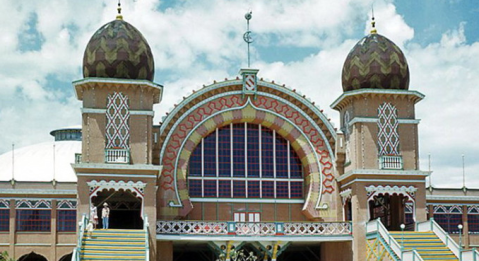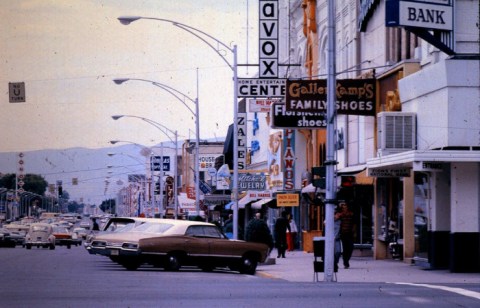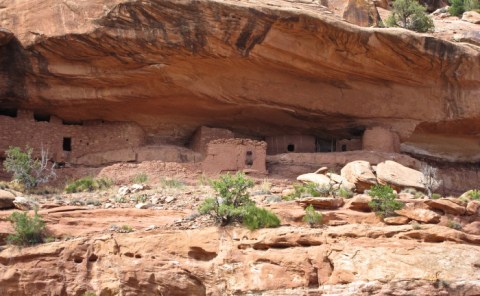12 Things You Didn’t Know About the History of Utah
If you were born and raised in Utah, you probably know a lot about its history, but you might not know these 12 things.
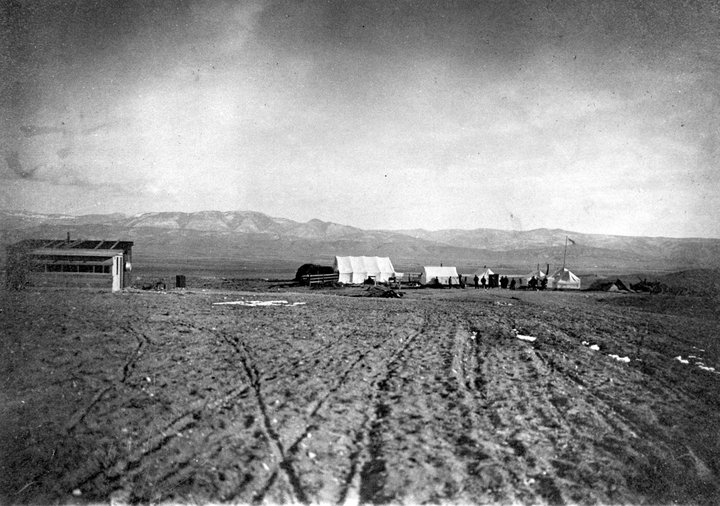
In 1911, a group of Jewish settlers, led by Benjamin Brown, established an experimental colony near Gunnison. The settlers hoped to return to a more simple, rural life. A year later, more than 150 families lived in Clarion. However, a drought destroyed the colony’s crops in 1914. Most residents moved away, and Clarion became a ghost town. A Jewish cemetery still exists there today.
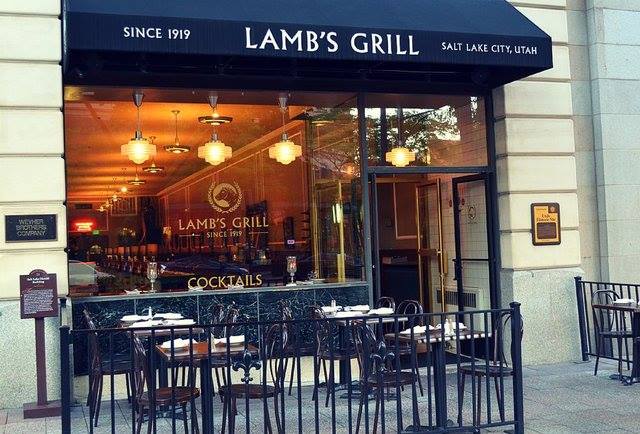
Lamb’s Grill is Utah’s oldest continually operating restaurant. George P. Lamb, a Greek immigrant, opened the cafe in Logan in 1919. He moved the location to Salt Lake City’s Main Street in 1939. Lamb’s is also supposedly the place that the idea for an Olympic bid was born. Three men, (Jack Gallivan of the Salt Lake Tribune, Max Rich, then president of the Salt Lake Chamber of Commerce, and Governor Cal Rampton) wrote up a plan on the back of a napkin.
Advertisement

Originally, it was known as Great Salt Lake City. The word "Great" was dropped in 1868.
Advertisement
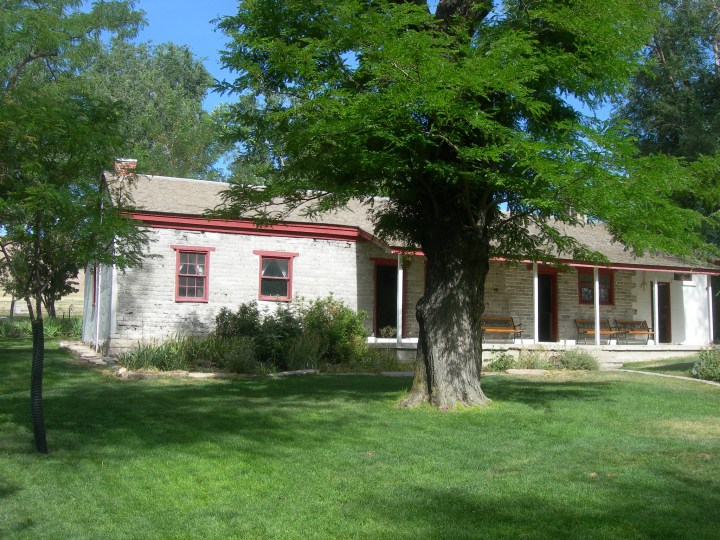
Fielding Garr established the sheep and cattle ranch on Antelope Island in 1848, just one year after arriving in Utah with Brigham Young. Before joining Mormon pioneers on the trek to Utah, Garr served in the War of 1812, then converted to the LDS church in 1842. His wife Paulina died in 1844, leaving him a widower with nine children. The little adobe house was inhabited until 1981, when the island became a state park.The Fielding Garr Ranch House is the oldest home in Utah still standing on its original foundation.
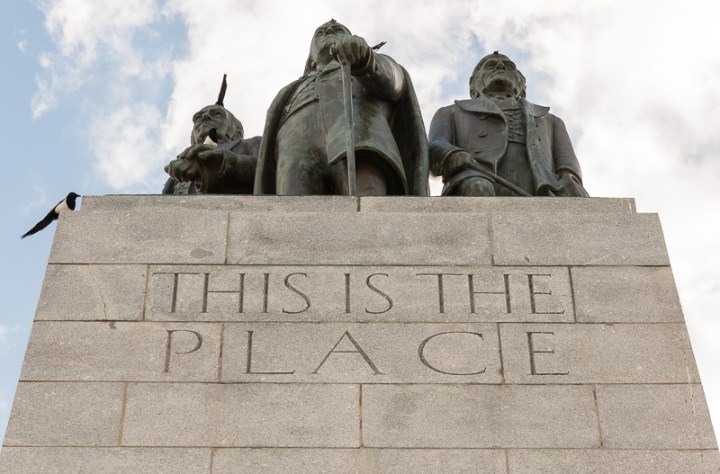
Orson Pratt and John Brown were the first Mormons to see the Salt Lake Valley. They arrived on July 19, 1847 and were impressed with the area. After a few days of scouting, the pioneers moved into the valley on July 22nd and began planting potatoes and turnips. Brigham Young, who had become ill and was traveling behind the pioneers, surveyed the valley from his wagon on July 24th and uttered his famous words, "This is the right place. Drive on!"
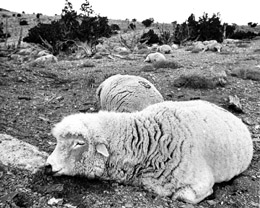
On March 17, 1968, ranchers near Dugway Proving Ground woke up to find thousands of their sheep dead. Over the following days, more than six thousand sheep were reported dead, killed by a nerve agent sprayed by planes in the area. While ranchers immediately suspected a connection between the sheep deaths and Dugway, reports by the Army remained classified for years. In 1998 a report made in 1970 was made available to the public. The report stated that the evidence that nerve agent had caused the sheeps deaths was "incontrovertible."
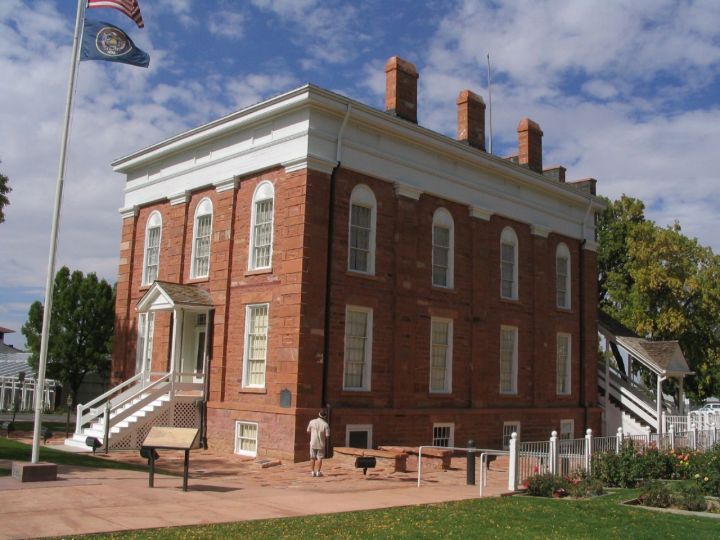
Utah’s first Governor, Brigham Young, declared Fillmore the capital city in 1851. The town was chosen for its central location and was named after Millard Fillmore, the U.S. President who helped Utah fund the first $20,000 needed to build the State House. The Utah Territorial State House was completed in 1855, but only one legislative session was held there (in 1856) before the capital city was moved to Salt Lake.

You might be surprised to learn that Utah’s oldest bar is located in Huntsville. Shooting Star Saloon opened in 1879. Since then, it’s had several owners, its walls have collected tons of memorabilia and its legend continues to grow.
Advertisement

The Topaz War Relocation Center opened on September 11, 1942. It was located west of Delta and housed more than 9,000 Japanese Americans. The camp closed on October 31, 1945.
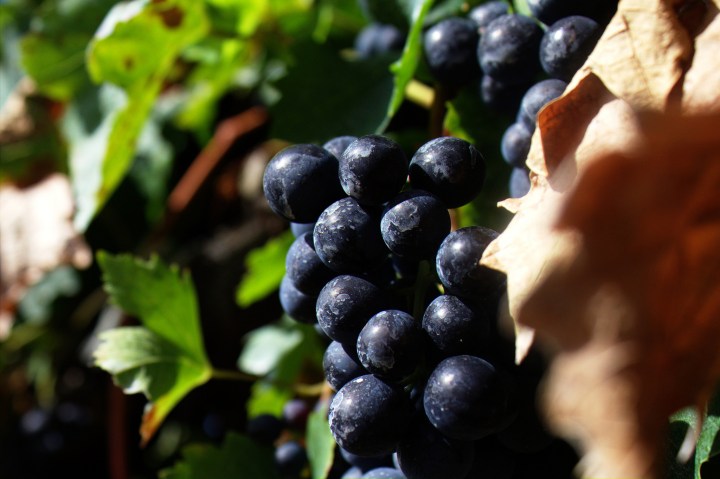
In 1860, Brigham Young sent Mormon settlers to Southern Utah to establish tobacco farms and grape vineyards. While tobacco didn’t flourish in the area, grapes did. The wine produced by the early pioneers was so plentiful that thousands of gallons were sent to Salt Lake City, where it was used for the sacrament, medicine and as a trade commodity.
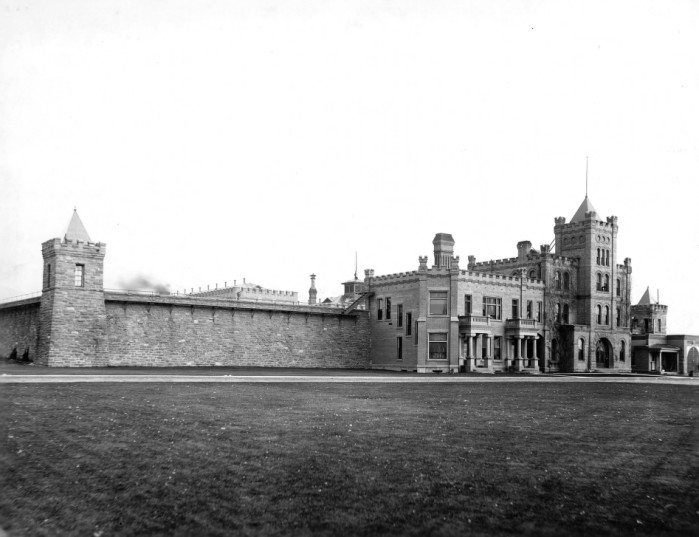
Utah’s state prison hasn’t always been located in Draper. It was originally located in Sugar House. Built in 1855, the Utah Territorial Penitentiary (later renamed Sugar House Prison) housed several famous inmates, including George Q. Cannon, a Utah polygamist who served six months in 1888 for "unlawful cohabitation," and Joe Hill, the union organizer who was executed by firing squad in 1915. The prison closed in 1951, when the inmates were transferred to the new state prison in Draper.
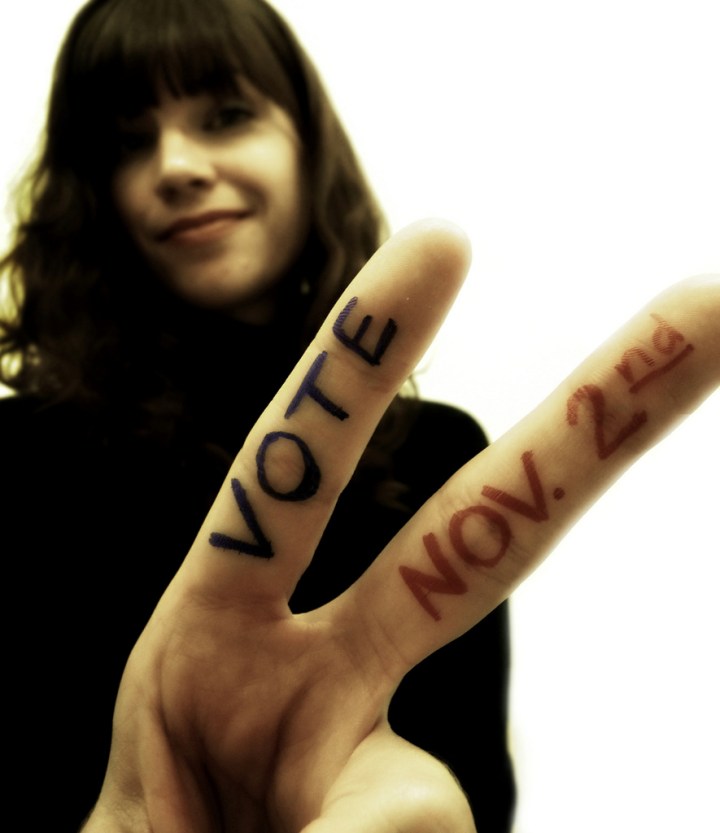
Utah granted women the right to vote in 1870 - 50 years before the 19th Amendment was ratified. Wyoming granted women the vote in 1869.
Do you know something interesting about Utah’s history? Share it with us!
OnlyInYourState may earn compensation through affiliate links in this article. As an Amazon Associate, we earn from qualifying purchases.


